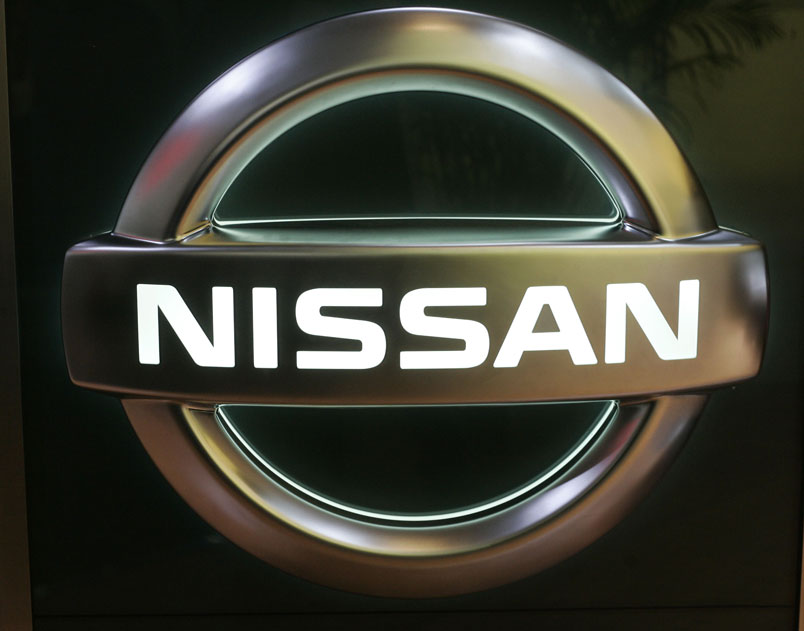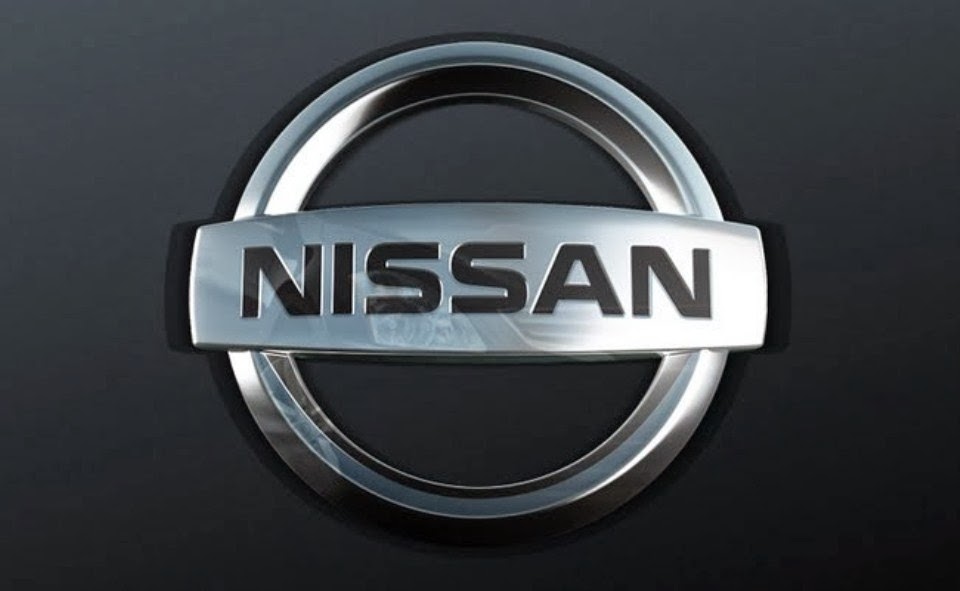Many of us have either owned or driven in a Nissan vehicle at one time or another. This Japanese car manufacturer has produced many well regarded vehicles over the years and continues to build strong brand awareness and support. Here's a brief history of the company.
The company which eventually became Nissan Motors was originally established in 1933 when it took over all the manufacturing operations for Datsuns from the automobile division of Tobata Casting Co. It officially changed its name to Nissan Motor Co., Ltd on June 1, 1934.
Its founder was Yoshisuke Aikawa and had ambitious plans for the newly formed company to produce 10,000 to 15,000 cars per year. The first compact sized Datsun vehicle was produced at the Yokohama plant in April 1935. These cars were sold extensively throughout Japan and were also exported to Australia the same year.
As things evolved, the company also began to produce other passenger cars and trucks. However as World War II approached, the production shifted from small Datsun passenger cars to military trucks. During the war, Nissan also produced engines for military planes and for motorized torpedo boats.
Following the war, Nissan started to produce trucks again in 1945 and Datsun passenger cars in 1947. However at that time there were significant labor disputes which culminated in a 100 day strike in 1953. This lead to the development of much more effective management relations which were based on mutual trust.
In the 1960's and 70's, significant capital investment enabled the company to establish two state of the art manufacturing facilities. There were also many advanced designs which were developed and introduced over that period.
Notable improvements in the reduction of pollutants as well as efficient utilization of fuel helped to make these kinds of vehicles very popular with Americans following the oil crises in the 70's. At that time Japanese vehicles were in great demand and captured a much larger share of the US market over that time.
As time evolved, Nissan continued to develop innovative new technologies and engineering to further improve their cars. They improved gas mileage and incorporated many advanced materials to help lower the weight and to provide better structural safety in their cars. In addition, Nissan became a leader in incorporating CAD/CAM systems and industrial robots.
This work has continued to evolve and has helped to establish Nissan as a leader in the design and development of cost effective vehicles with advanced technology and features.
The company which eventually became Nissan Motors was originally established in 1933 when it took over all the manufacturing operations for Datsuns from the automobile division of Tobata Casting Co. It officially changed its name to Nissan Motor Co., Ltd on June 1, 1934.
Its founder was Yoshisuke Aikawa and had ambitious plans for the newly formed company to produce 10,000 to 15,000 cars per year. The first compact sized Datsun vehicle was produced at the Yokohama plant in April 1935. These cars were sold extensively throughout Japan and were also exported to Australia the same year.
As things evolved, the company also began to produce other passenger cars and trucks. However as World War II approached, the production shifted from small Datsun passenger cars to military trucks. During the war, Nissan also produced engines for military planes and for motorized torpedo boats.
Following the war, Nissan started to produce trucks again in 1945 and Datsun passenger cars in 1947. However at that time there were significant labor disputes which culminated in a 100 day strike in 1953. This lead to the development of much more effective management relations which were based on mutual trust.
In the 1960's and 70's, significant capital investment enabled the company to establish two state of the art manufacturing facilities. There were also many advanced designs which were developed and introduced over that period.
Notable improvements in the reduction of pollutants as well as efficient utilization of fuel helped to make these kinds of vehicles very popular with Americans following the oil crises in the 70's. At that time Japanese vehicles were in great demand and captured a much larger share of the US market over that time.
As time evolved, Nissan continued to develop innovative new technologies and engineering to further improve their cars. They improved gas mileage and incorporated many advanced materials to help lower the weight and to provide better structural safety in their cars. In addition, Nissan became a leader in incorporating CAD/CAM systems and industrial robots.
This work has continued to evolve and has helped to establish Nissan as a leader in the design and development of cost effective vehicles with advanced technology and features.















 Car Logos With Names
Car Logos With Names Rolls Royce Logo
Rolls Royce Logo Alfa Romeo Logo
Alfa Romeo Logo German Car Brand Logos
German Car Brand Logos Hummer Logo
Hummer Logo :)
:) :(
:( =(
=( ^_^
^_^ =D
=D |o|
|o| @@,
@@, ;)
;) :-bd
:-bd :-d
:-d :p
:p